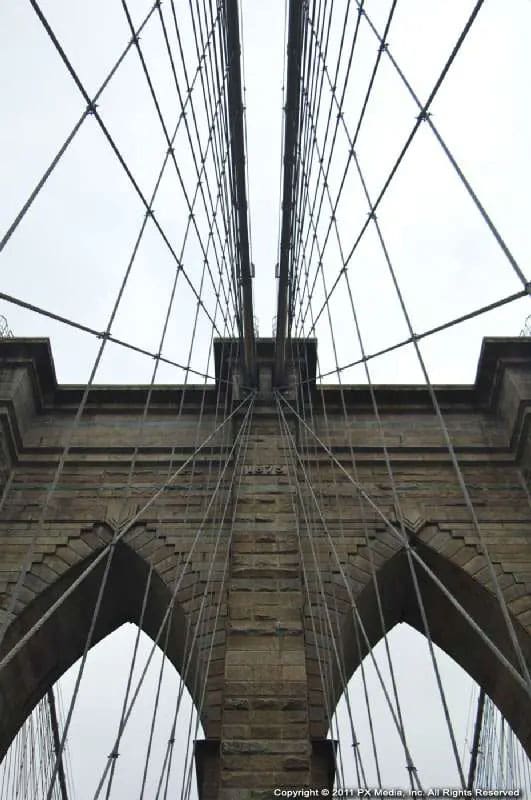
Photo courtesy of: Douglas Goddard Via: www.DouglasGoddard.com
Some questions always arise in conversations with my web design clients and blogger friends.
Some of them are complicated. “How exactly do you make a living online?” is a question that needs more than a blog post to answer.
But they’re not all that complex, and “I’m not sure how to credit images on a blog” is one I often hear tucked away at the end of a conversation. It’s a throwaway question, asked hesitantly.
And you probably already know why.
Frequently Asked Questions
Why is it important to credit images on a blog?
Crediting images respects the rights of the creator and ensures legal use. It also builds credibility and shows ethical content practices.
What happens if I use an image without giving credit?
Using uncredited images without proper rights can result in copyright infringement, which may lead to legal issues, fines, or removal requests.
How do I know if an image requires credit?
Check the license. Creative Commons or royalty free licenses often specify whether attribution is needed. If in doubt, assume it does.
What should be included in an image credit?
A proper credit usually includes the image title (if applicable), creator’s name, source/link, and license type.
Where should I place the image credit on my blog?
Can I edit images and still need to credit them?
Yes, even if you modify an image, most licenses still require credit to the original creator and a note that changes were made.
Are free image sites exempt from credit requirements?
Not always. Some free sites like Unsplash don’t require credit, but many still recommend or require attribution depending on the license.
What tools can help with proper image attribution?
Websites like Creative Commons and image search filters on Google help find properly licensed images and provide attribution guidance.
How can I create my own images to avoid crediting?
Use tools like Canva, Photoshop, or Illustrator to create custom graphics. This ensures full ownership and eliminates the need for attribution.
Should I always double check image rights before publishing?
Absolutely. Verifying the image license avoids copyright violations and helps maintain ethical and professional blogging standards.

